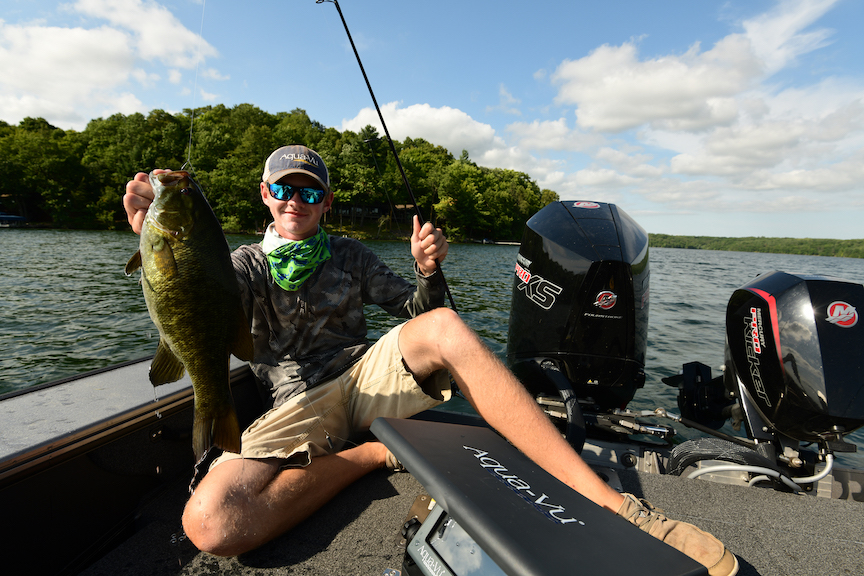
High school bass anglers win big via on-the-water screen time
Kids today have been brought up in the screen generation. It’s a big reason so many young anglers have such a natural affinity for an underwater camera. A depthfinder can only show you so much, but put an Aqua-Vu in front of a kid and watch them light up. It’s pure excitement, but it’s also a great way to help these future anglers learn fish behaviors and how they react to lures.
– Kolt Ringer, Aqua-Vu owner and board member, Student Angler Tournament Trail (MN)
As grown-ups will tell you, high-tech devices often come with the sting of confusion. That ‘overwhelmed’ emotion quickly turns to embarrassment when your son, niece or daughter picks up said device, taps two keys and smiles with total understanding. “See? It’s easy. Duh, Dad!”
Yet even for tech-savvy youth, interpreting sonar/fish-finder screens isn’t always so simple. For most anglers, it’s a constant question of “fish?” Or “something else?” And even when you’re sure the on-screen image is in fact a fish rather than a boulder, log or other underwater mystery, correctly sleuthing the right species feels like a shot in the dark. As competitive anglers of all ages continue to realize, however, an underwater camera offers an uncomplicated and immediately valuable path to more of the fish they seek.
For high-school angler Zach Hapka and his partner Vick Moyer, an Aqua-Vu underwater camera helped reveal the big smallmouth bass that ultimately produced Hapka’s second Minnesota Student Angler Tournament Trail Tournament of Champions win in three years. Held August 23 on Central Minnesota’s Lake Mille Lacs, the Tournament of Champions hosted the top 80 qualifying youth teams from across the state.
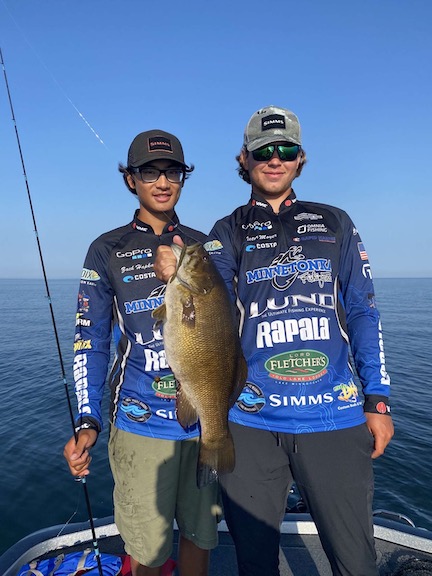
“We used the Aqua-Vu a lot in the days leading up to the championship,” noted Hapka, a Minnetonka, Minnesota high school senior. “We ran side imaging sonar over large boulder fields, dropping waypoints on spots that held the biggest rocks and where we could clearly see fish holding near ‘em. To stay in the running, we knew we’d need to find the big four and five pounders. By stopping on each spot and dropping the Aqua-Vu, we could quickly determine the size of bass living there.”
To further simplify his fish-finding gameplan, Hapka had equipped his Lowrance sonar unit with a Multi-Vu Pro Underwater Viewing System. The specialized HD camera system interfaces with any HDMI-video-ready sonar display, playing live, colorful Aqua-Vu video right on the sonar screen. The side-by-side sonar and camera interface provides instant comparisons between rendered sonar readings and real-world underwater video.
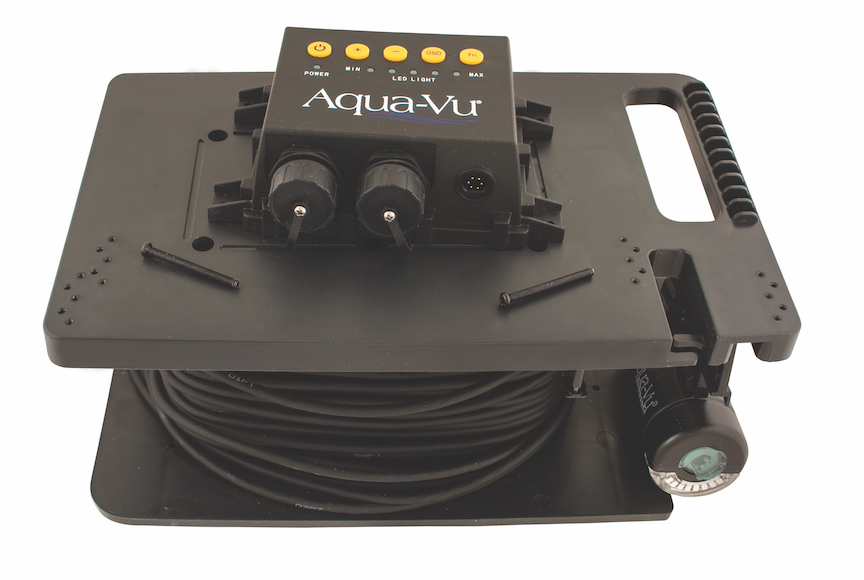
“The Aqua-Vu showed us that a lot of the rocks we originally found with sonar held big numbers of smaller 2 and 3 pound bass,” recalls Hapka. “The camera also helped us stay away from areas that held mostly walleyes, as opposed to bass. The two can look really similar on sonar. But the real-live video makes fish ID a no brainer.”
Hapka also called out the underwater camera’s value in patterning the lake’s biggest smallmouths. “The Aqua-Vu made it pretty obvious that the bigger groups of 4-pound fish were all in 20-plus feet of water, while the smaller fish were shallower. We also learned that giant boulders the size of the boat’s casting deck—especially isolated ones sitting in sand, rather than gravel or rubble—definitely attracted the biggest smallmouths. Some of these fish were absolute giants.”
On tournament day, Hapka and Moyer enjoyed the benefits of casting to fresh smallmouth bass that had not been subjected to lures and hooks during prefishing. “What happens is that a lot of anglers hook 20 or more bass during prefishing and then have a hard time catching them on tournament day because they’ve already caught the active biters in an area. The Aqua-Vu lets you prefish with your eyes only, while resting your best spots until tournament day.”
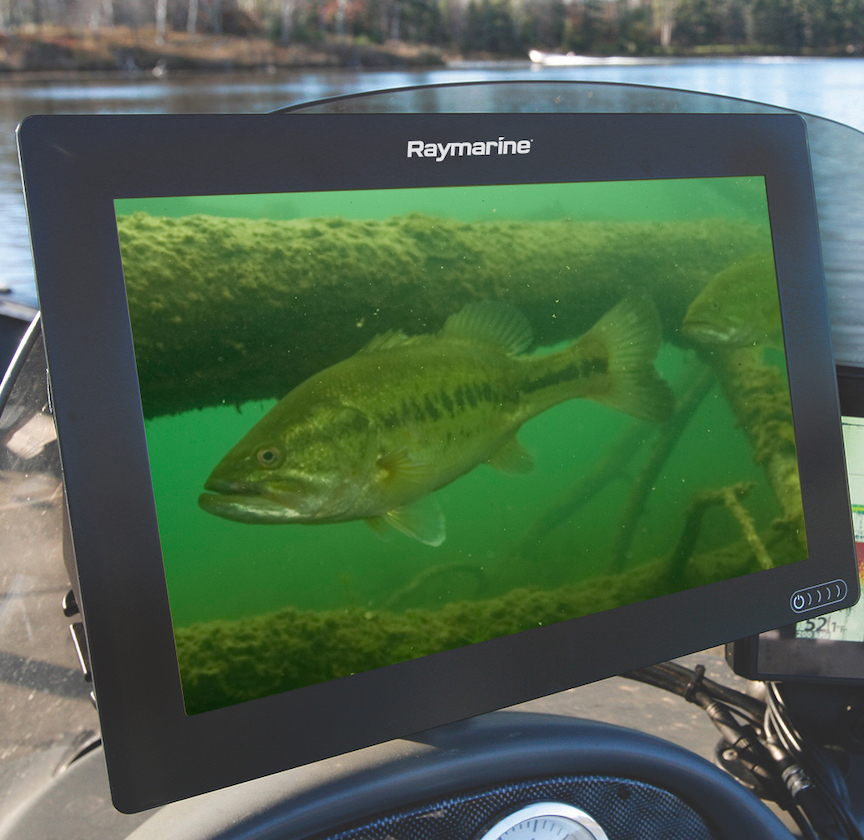
While the camera unearthed their location, Hapka and Moyer soon realized the big, tournament-winning bass were anything but easy to catch. “You had to put your dropshot rig right in front of the bass and just let it sit still before a fish would bite. We rotated our dropshot baits on every spot, showing fish different baits until we found the right combination.”
Following a final year on the Student Angler Tournament Trail, Hapka hopes to eventually find a job in the fishing industry. “I definitely plan to keep fishing tournaments after graduation,” Hapka says. “I just love fishing and enjoy being around the sport and the people. Whether I find work as a manufacturer’s sales rep, full time angler on one of the big tournament trails or some other capacity, I’m just looking forward to continuing to learn all I can about fishing and underwater fish behavior.”



Young anglers have a natural affinity for watching fish on an Aqua-Vu underwater camera. 
Zach Hapka (left) found big bass with his Aqua-Vu to help win the Minnesota State High School Tournament of Champions.

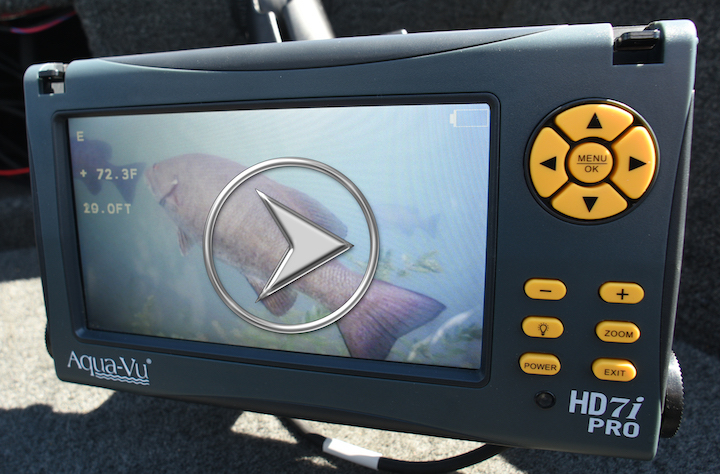
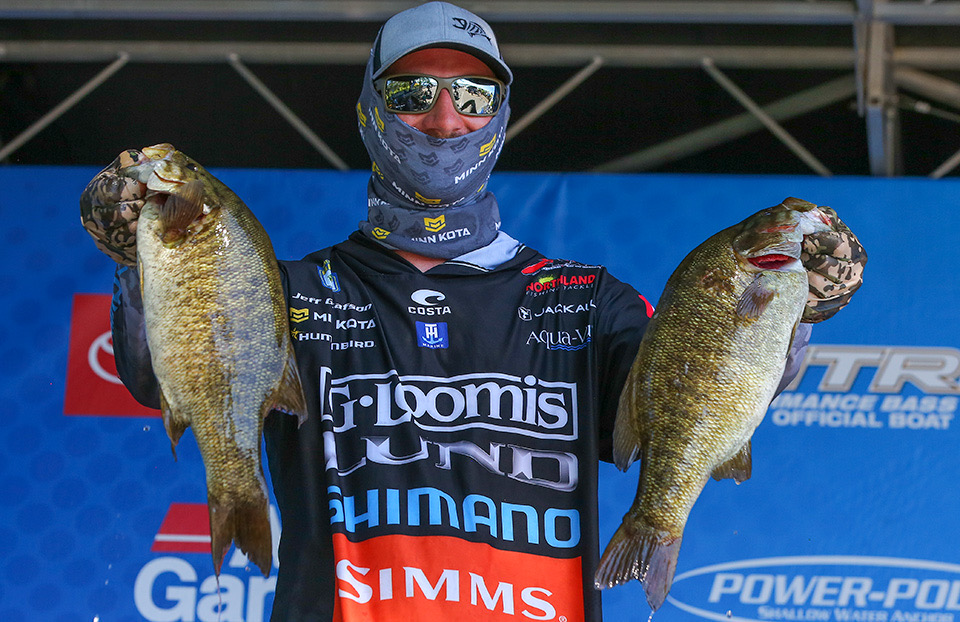
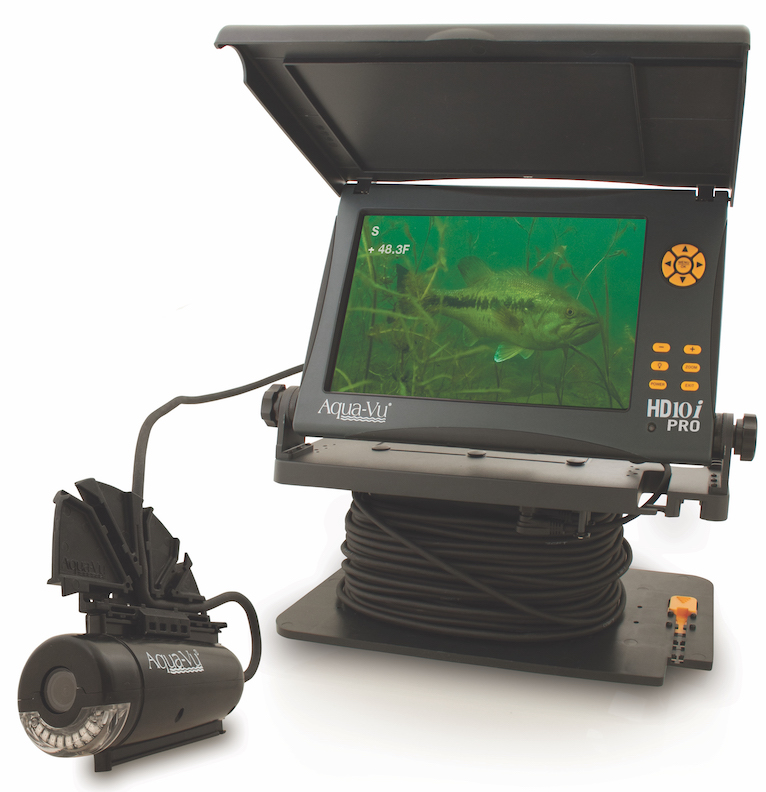

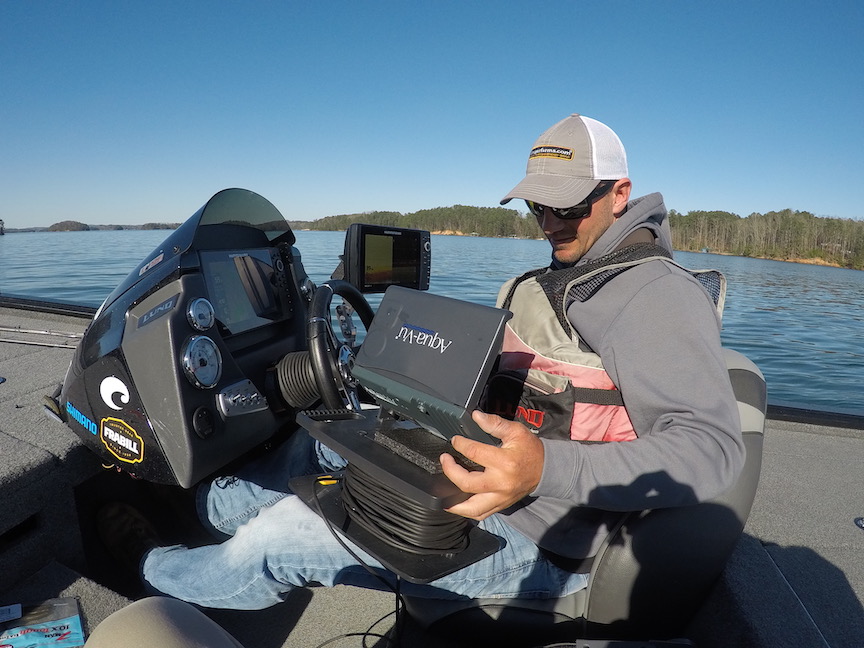
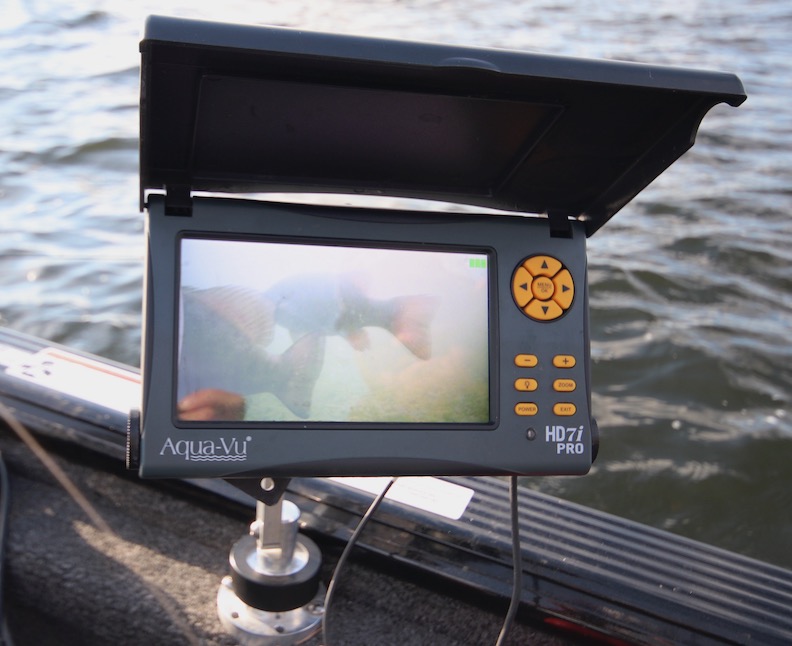
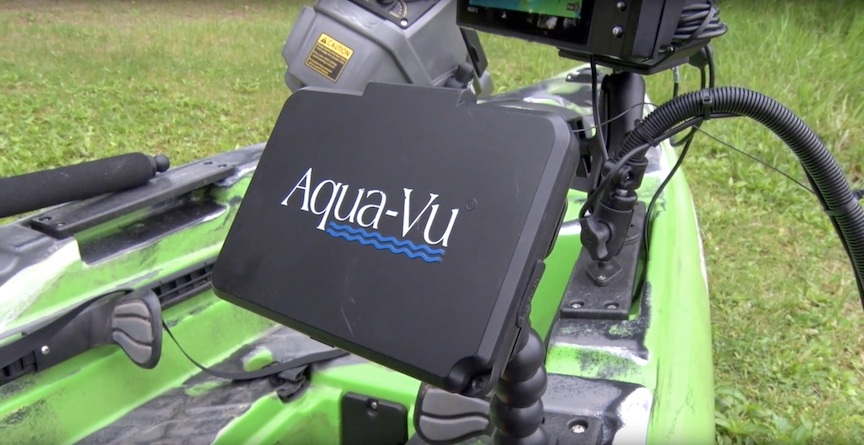
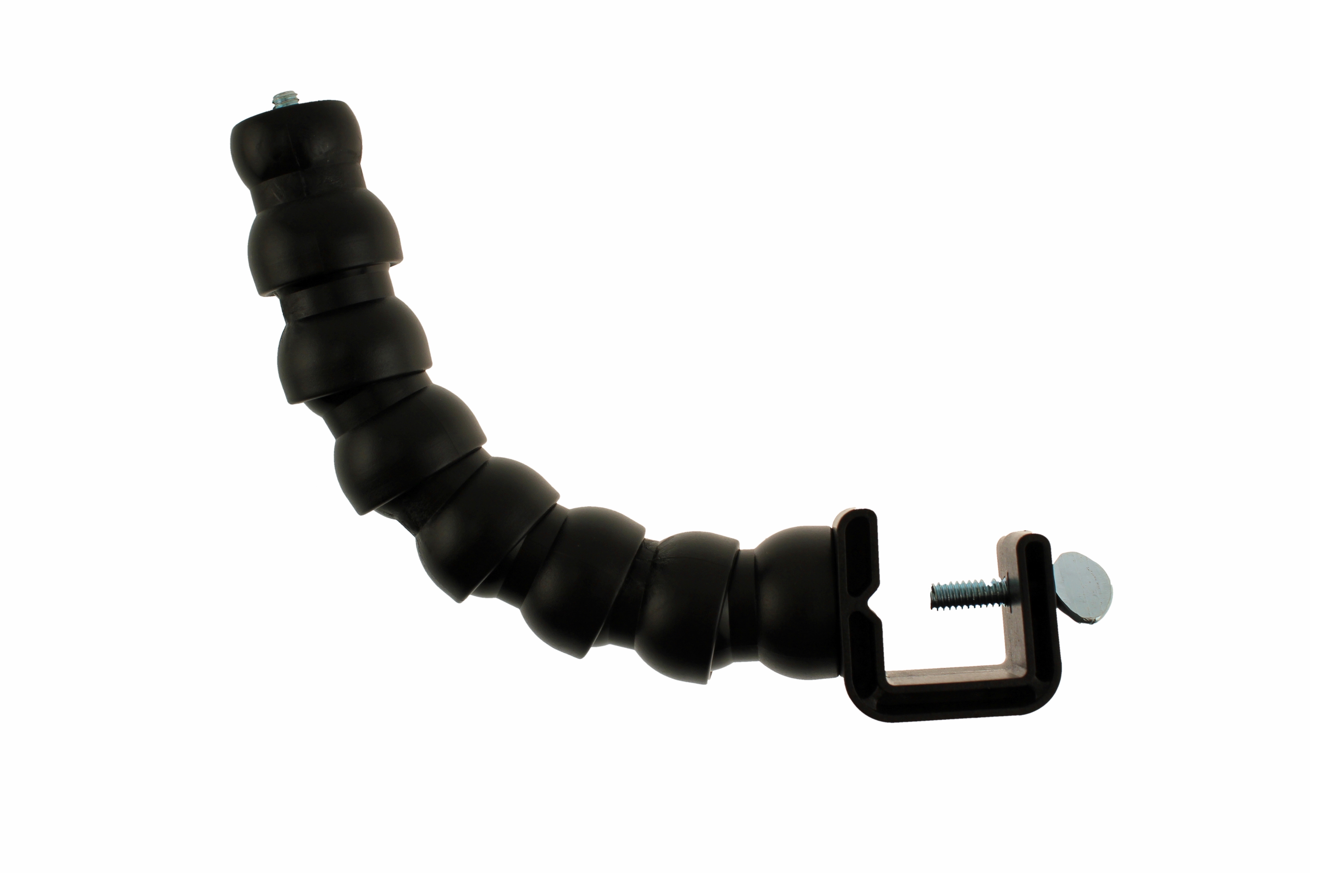
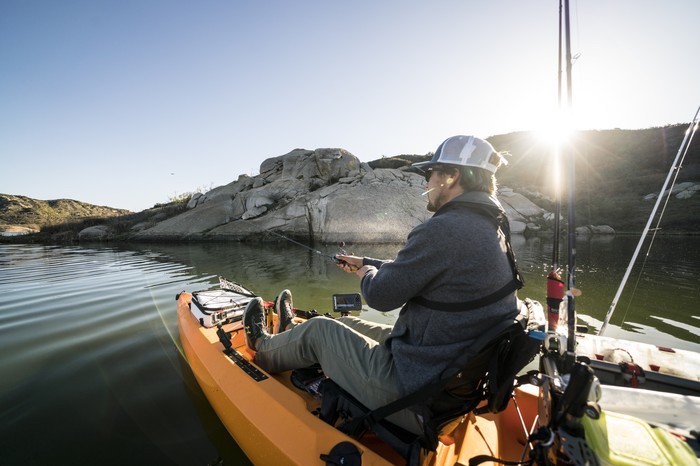
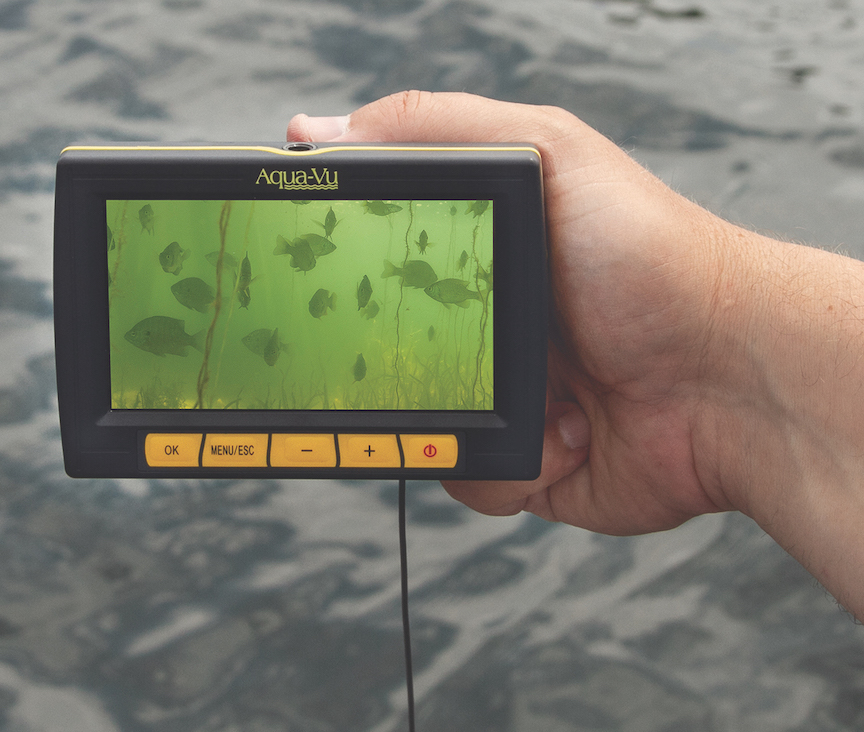
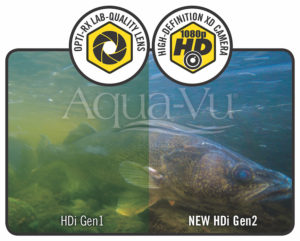
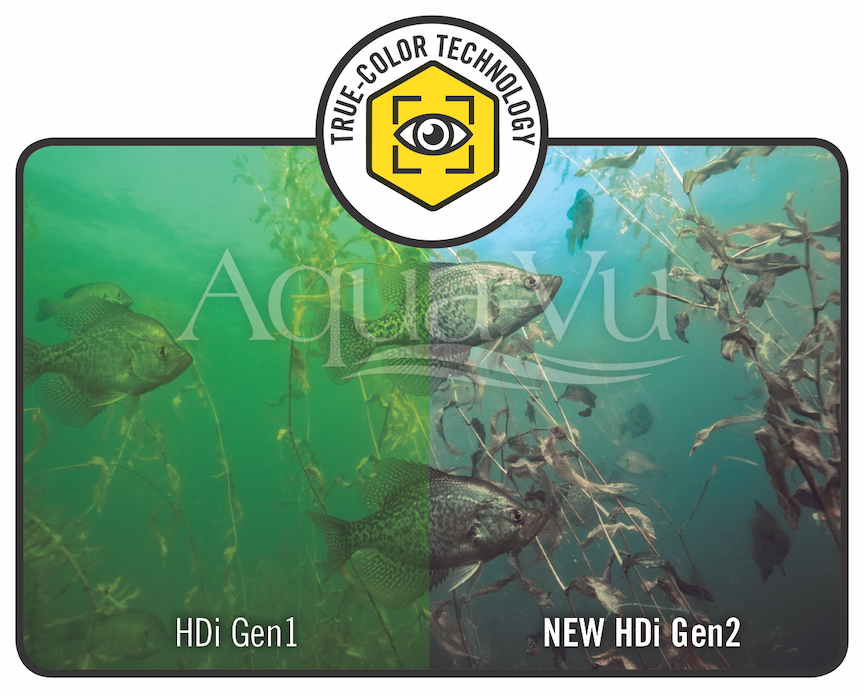
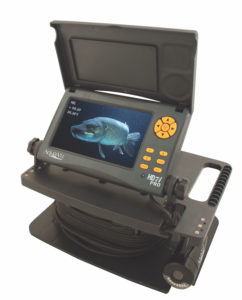
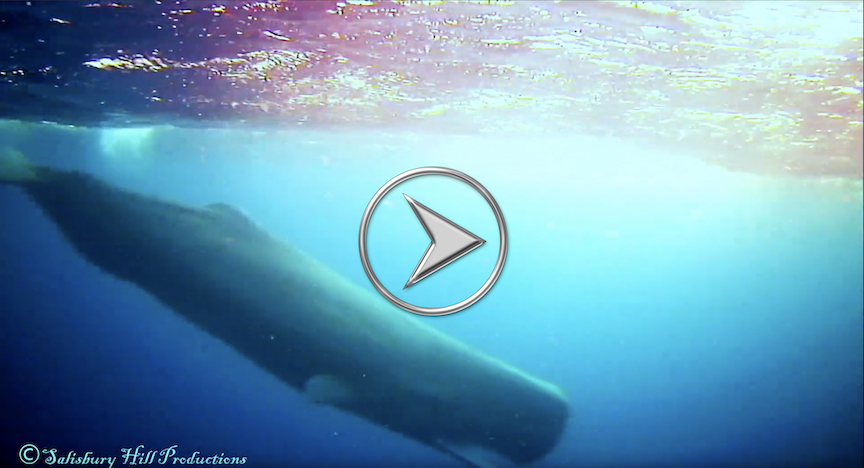
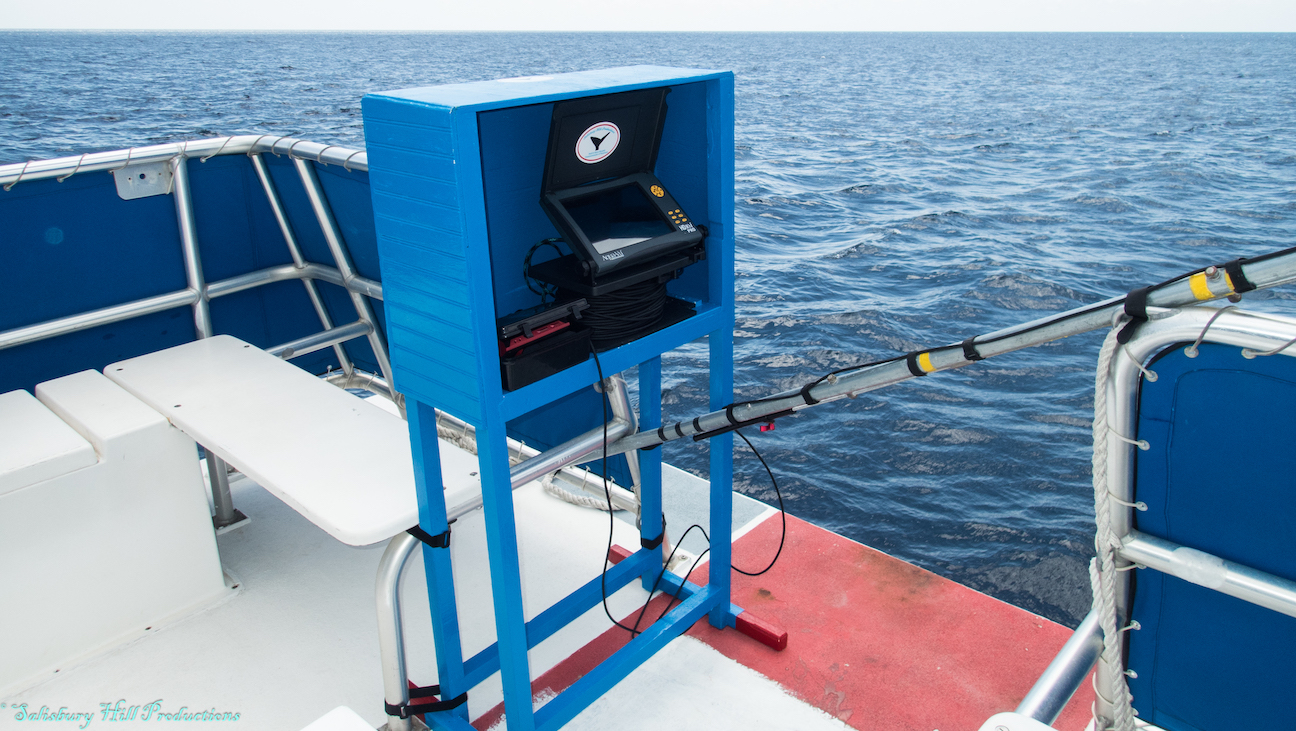
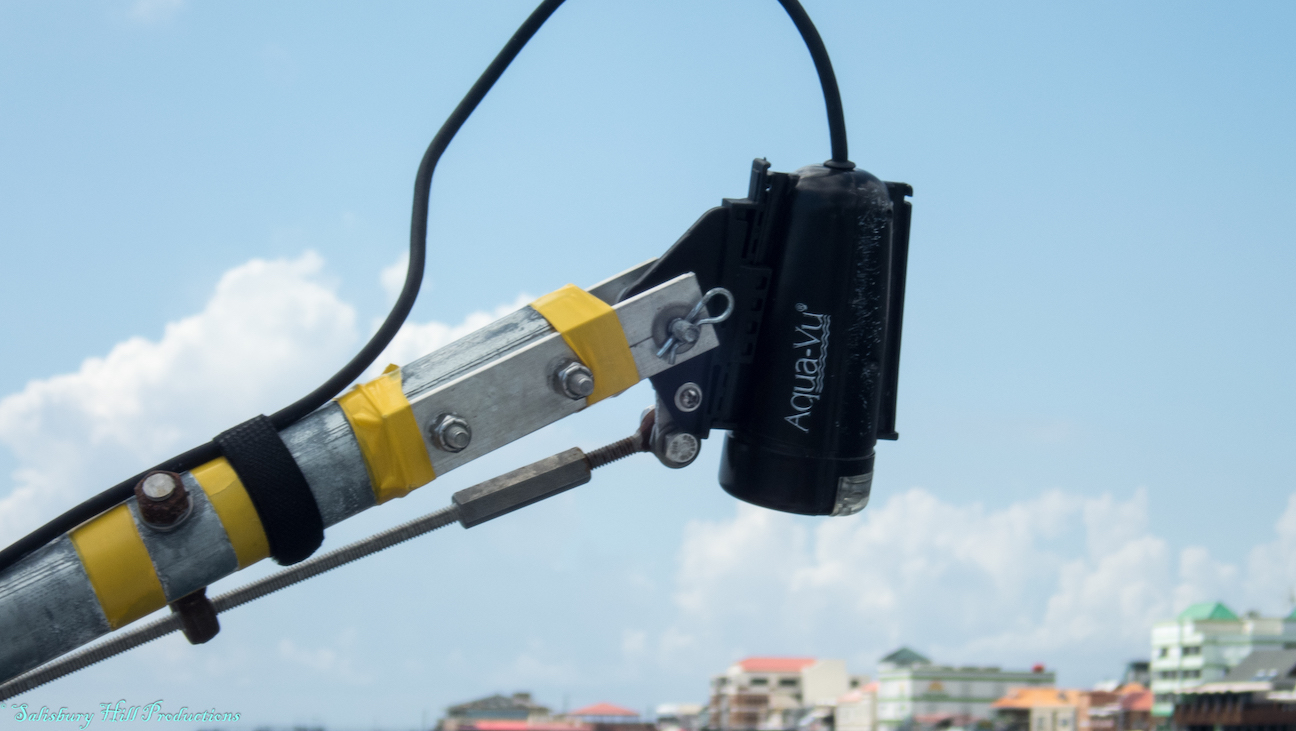
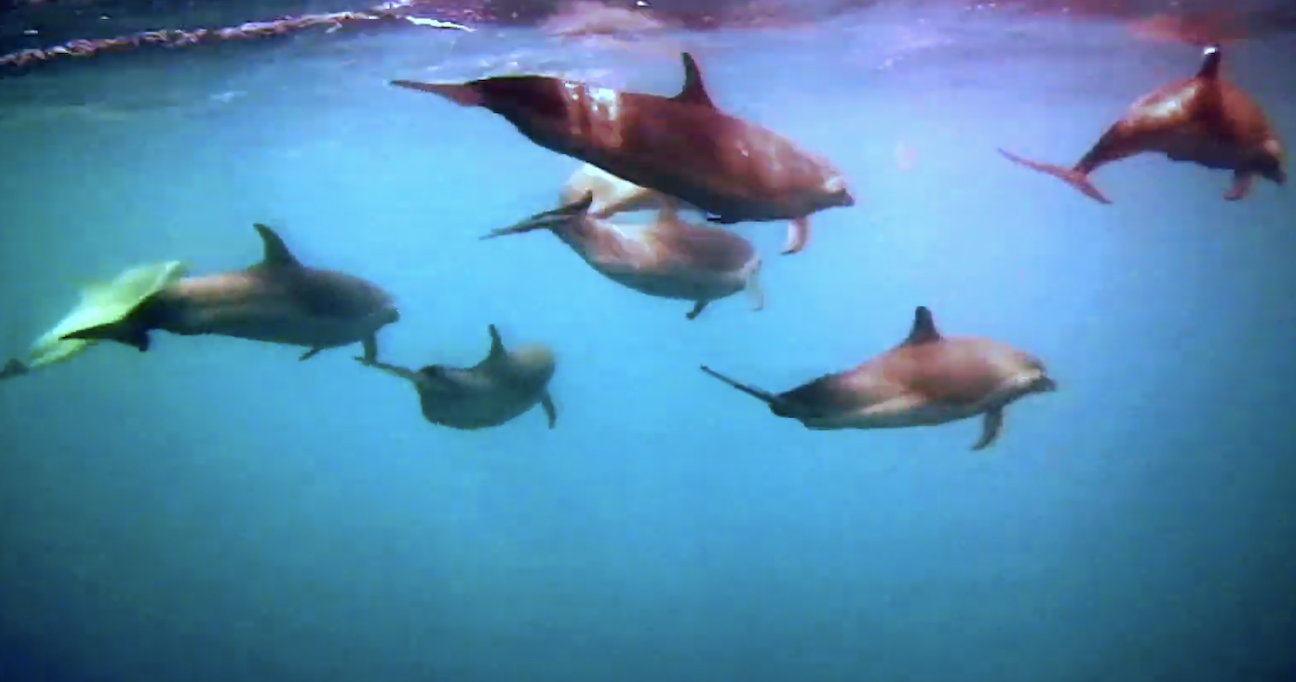
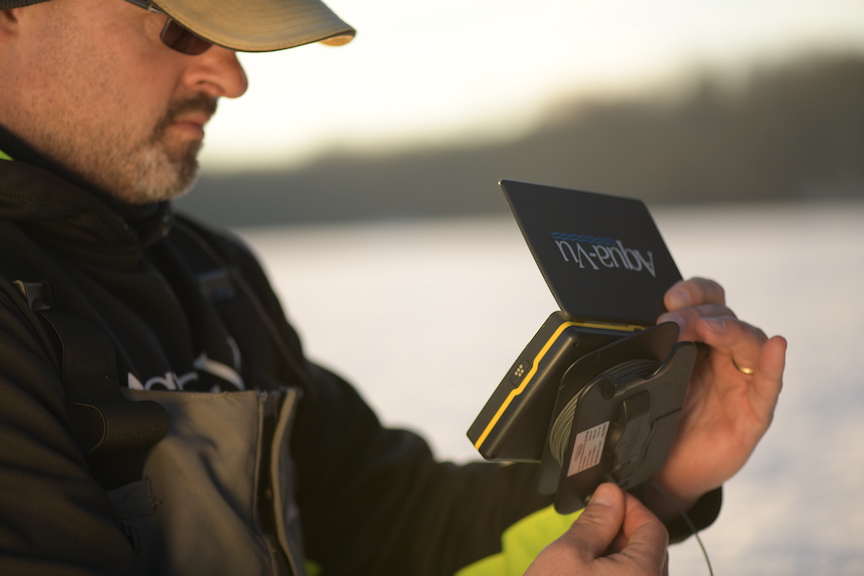
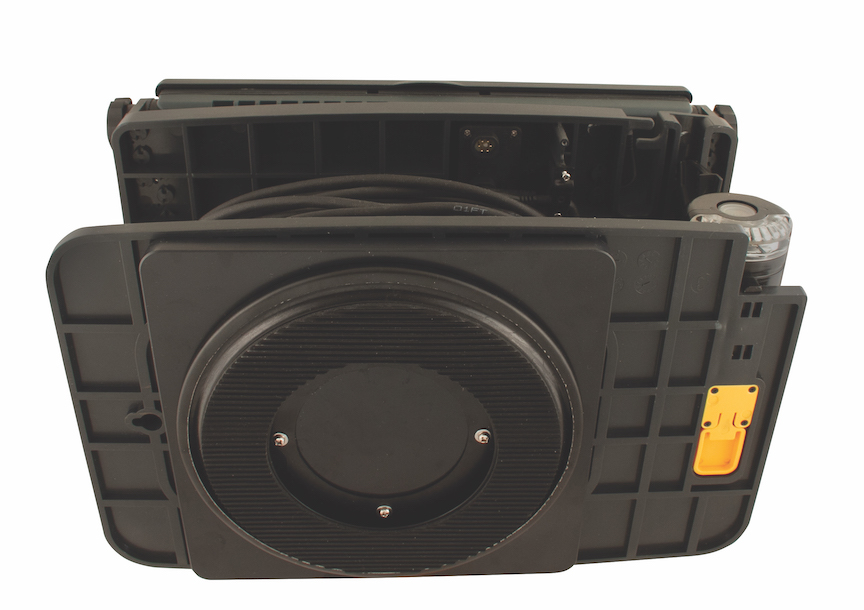
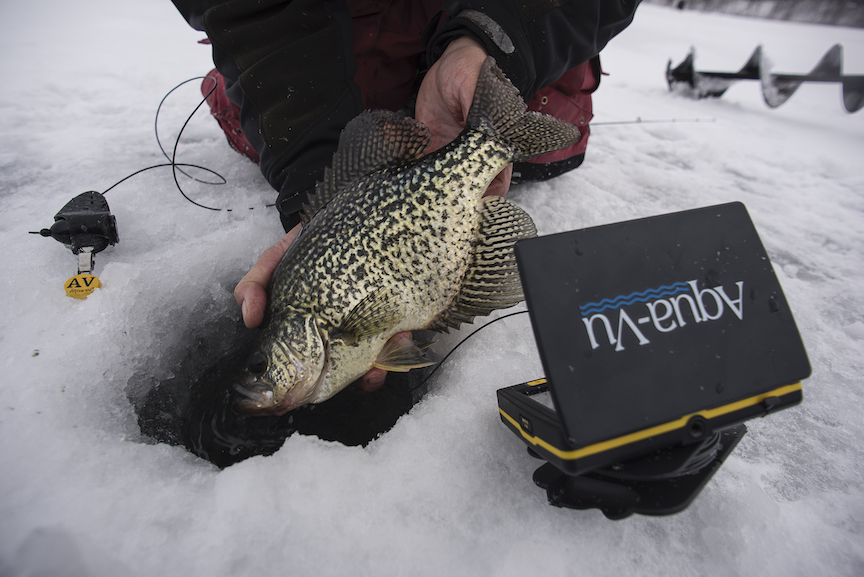
 Complementing the camera’s crystal-clear 1080p resolution, the new optics include innovative firmware that auto-adjusts white balance and adds natural colors back into the video image. Auto-Clear Technology™ yields an enhanced underwater picture, clarifying the image in off-colored, stained or moderately dirty water.
Complementing the camera’s crystal-clear 1080p resolution, the new optics include innovative firmware that auto-adjusts white balance and adds natural colors back into the video image. Auto-Clear Technology™ yields an enhanced underwater picture, clarifying the image in off-colored, stained or moderately dirty water.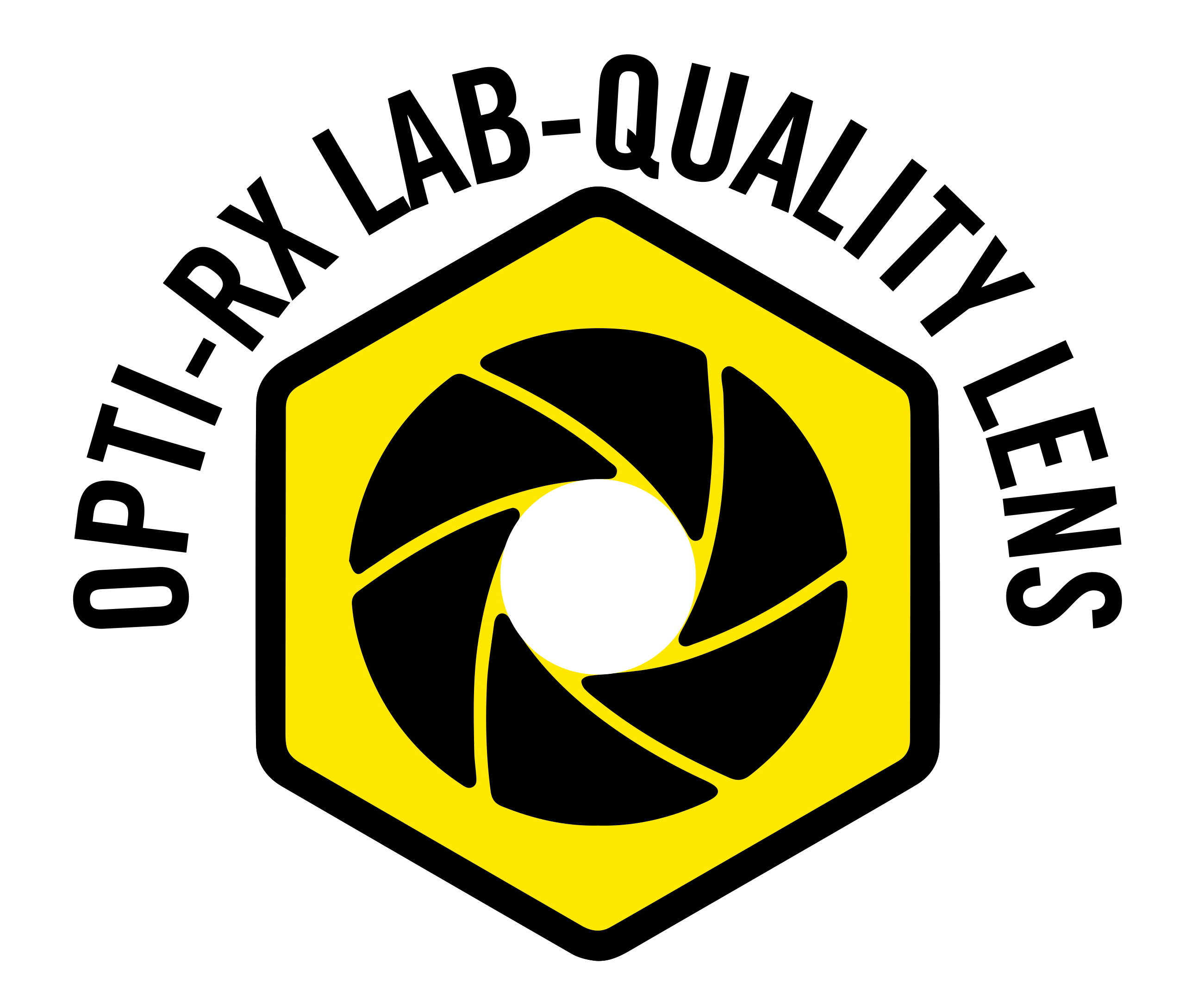
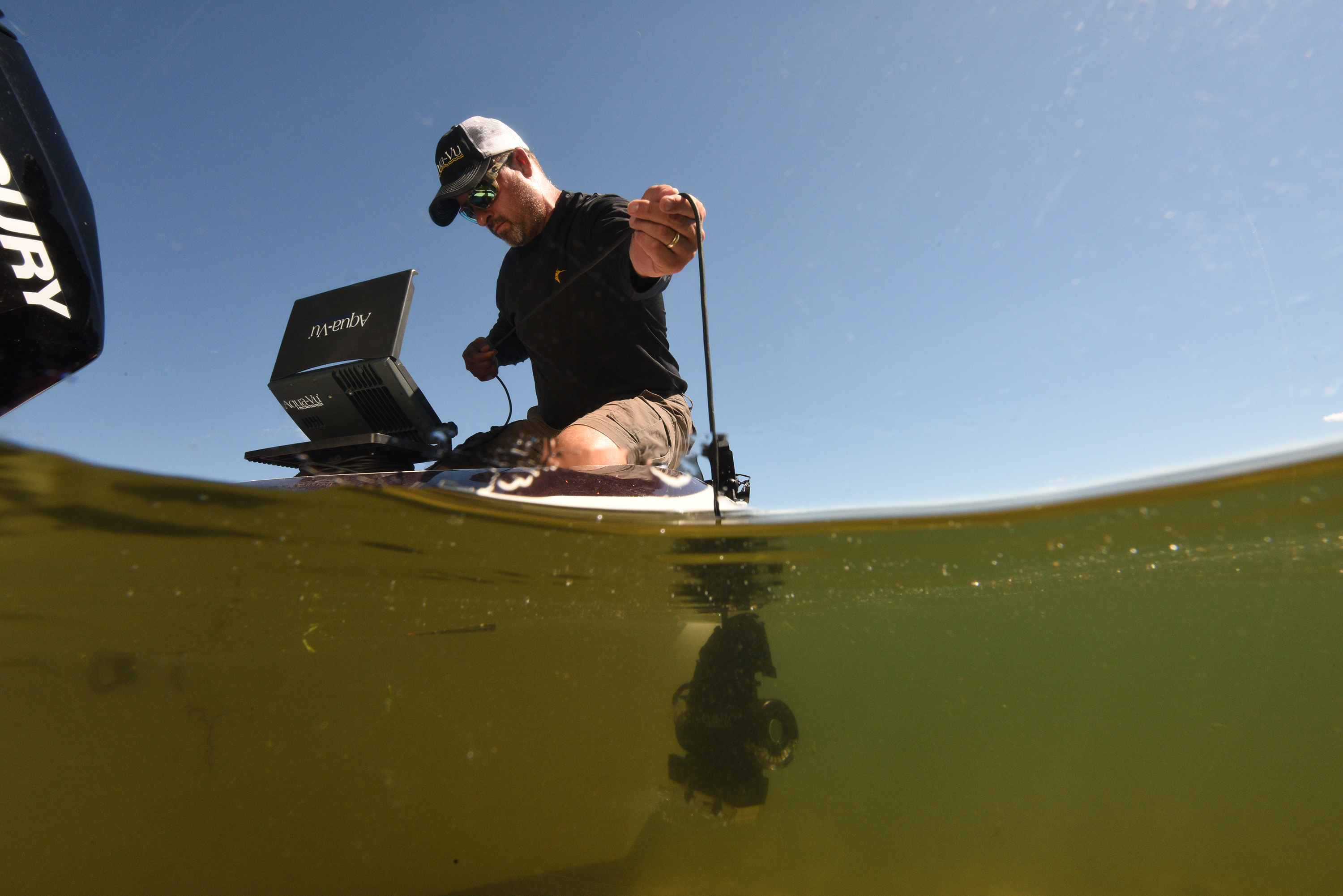
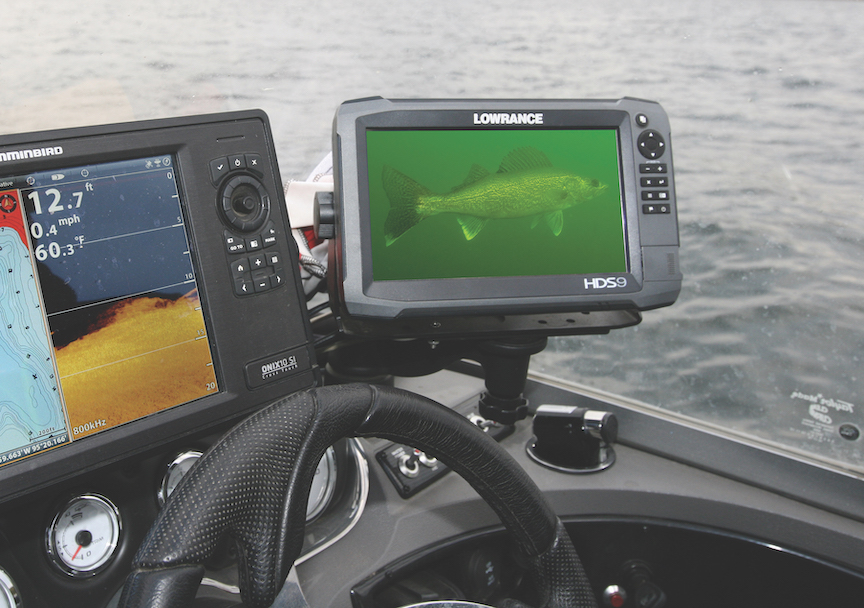
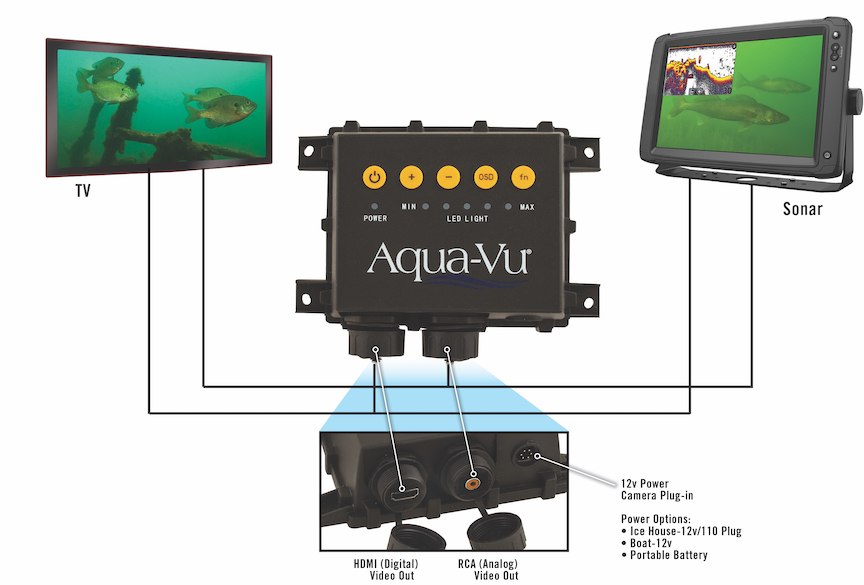
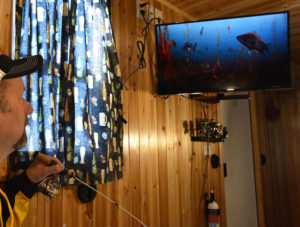
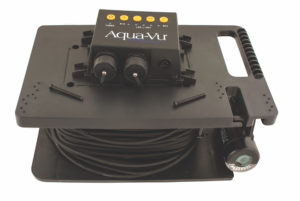
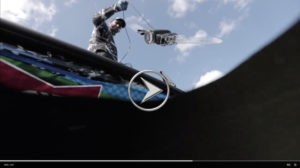
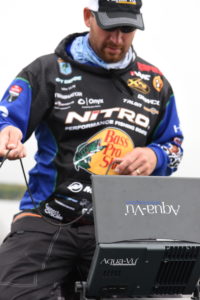
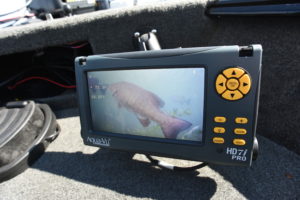
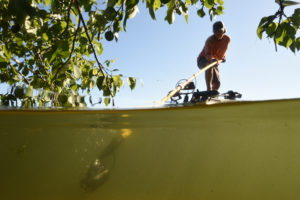
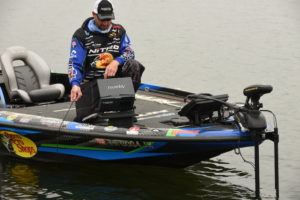
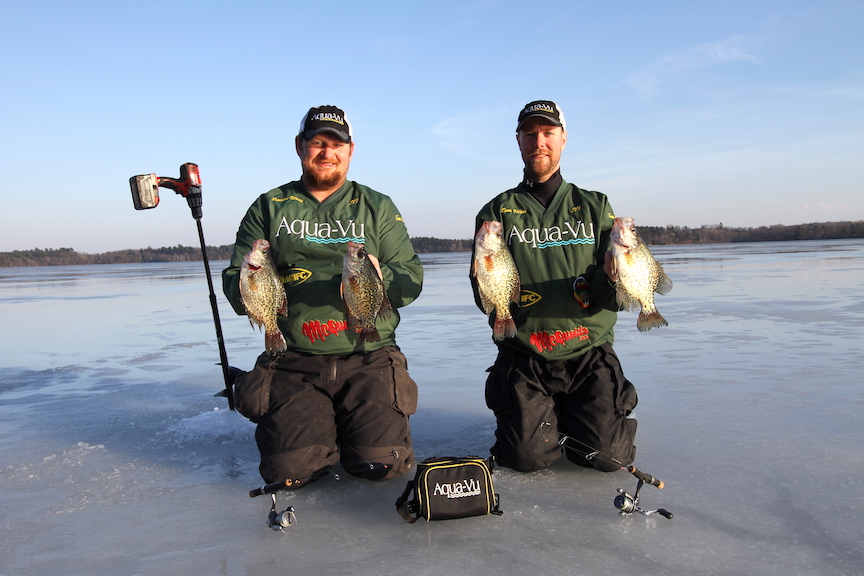 Crosslake, MN – It was a dazzling display of underwater spy-work. Team Aqua-Vu anglers Brandon Newby and Ryan Wilson won the recent 2018
Crosslake, MN – It was a dazzling display of underwater spy-work. Team Aqua-Vu anglers Brandon Newby and Ryan Wilson won the recent 2018 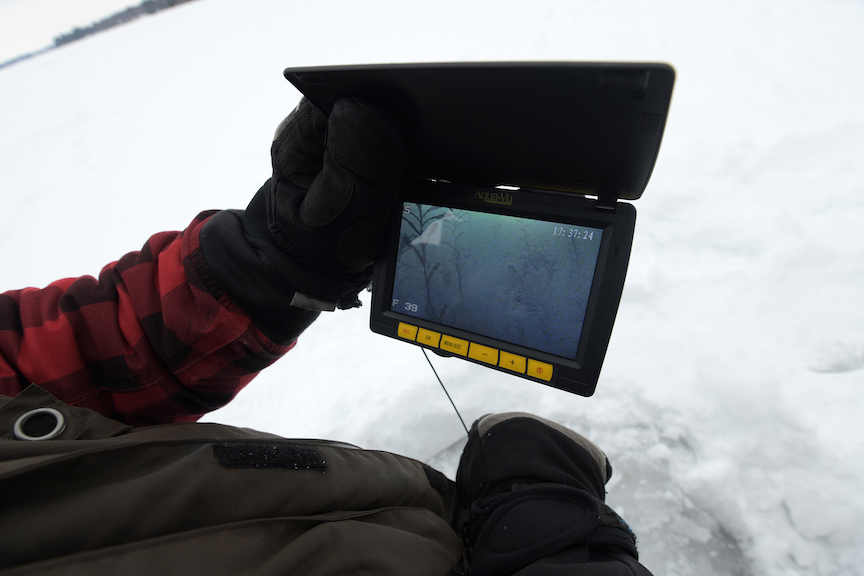 To locate tournament winning bluegills and crappies on 900-acre North Twin Lake, the team drilled hundreds of holes with their Milwaukee ice drills, spying through each one via underwater optics. When asked how much of the lake they covered in prefishing, Newby replied: “All of it.”
To locate tournament winning bluegills and crappies on 900-acre North Twin Lake, the team drilled hundreds of holes with their Milwaukee ice drills, spying through each one via underwater optics. When asked how much of the lake they covered in prefishing, Newby replied: “All of it.”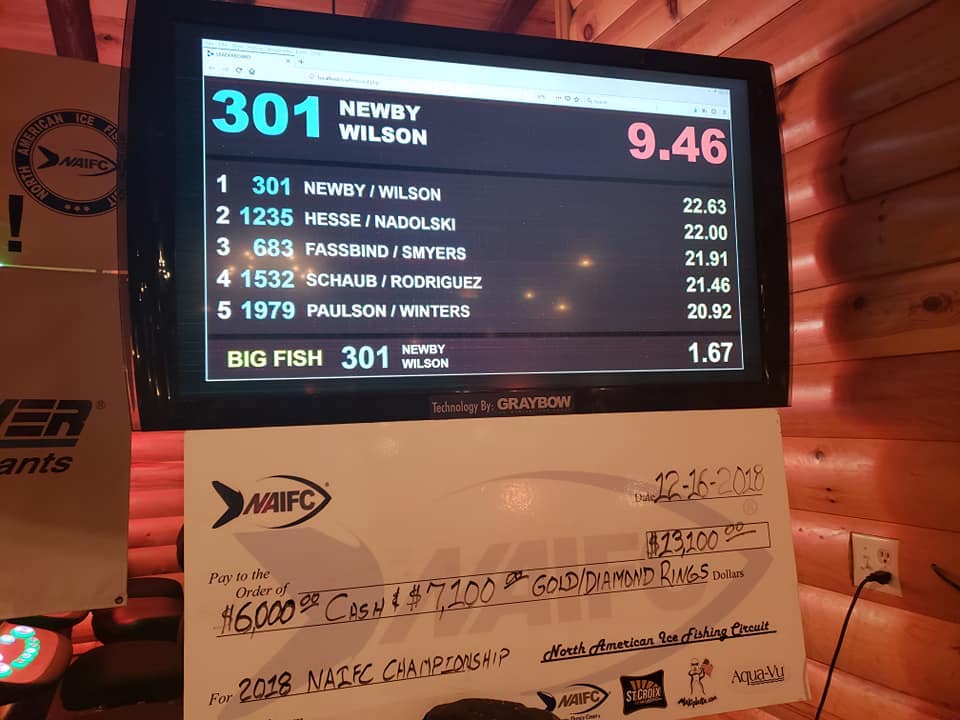 Site of the second tournament day, South Twin Lake is known for its plentiful smaller panfish. Newby believed scoring a big weight here would be difficult. Indeed, on day one at North Twin, the duo iced 8 sunfish and 8 crappies for 13.17-pounds, including a whopper 15-inch, 1.67-pound black crappie—enough for a slim lead over fellow Aqua-Vu pros and eventual 3rdplace finishers Kevin Fassbind and Nick Smyers.
Site of the second tournament day, South Twin Lake is known for its plentiful smaller panfish. Newby believed scoring a big weight here would be difficult. Indeed, on day one at North Twin, the duo iced 8 sunfish and 8 crappies for 13.17-pounds, including a whopper 15-inch, 1.67-pound black crappie—enough for a slim lead over fellow Aqua-Vu pros and eventual 3rdplace finishers Kevin Fassbind and Nick Smyers.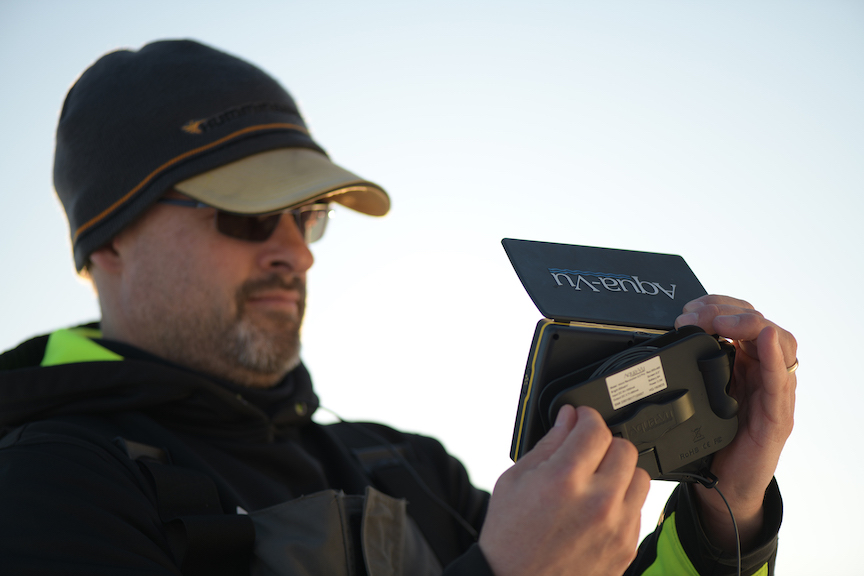 Then, like a diamond in the rough, a bountiful patch of vegetation appeared on the camera screen, full of sunfish. “As soon as we set up on the spot, we had two other teams pull up on us. But we managed to pop six bluegills just in time; that little sweet spot—and a few other tricks— absolutely won the tournament for us.” //
Then, like a diamond in the rough, a bountiful patch of vegetation appeared on the camera screen, full of sunfish. “As soon as we set up on the spot, we had two other teams pull up on us. But we managed to pop six bluegills just in time; that little sweet spot—and a few other tricks— absolutely won the tournament for us.” //